Featured Panoramic Photo Above:
1919 American League Champion Chicago White Sox
(Player identifications available upon request)
Baseball History Comes Alive Now Ranked #2 by Feedspot Among All Internet Baseball History Websites and Blogs!
Guest Submissions from Our Readers Always Welcome! Click for details
Visit the Baseball History Comes Alive Home Page
Subscribe to Baseball History Comes Alive
Free Bonus for Subscribing:
Gary’s Handy Dandy World Series Reference Guide
Red Barber Photo Gallery
We all have our favorite baseball announcers. Some of us prefer the homers (e.g. Harry Caray), some prefer the more even-handed approach (Vin Scully). Today, Vince Jankoski returns with a nice tribute to his favorite, Red Barber. Red has many historic broadcasts to his credit, which you’ll learn about as you read Vince’s outstanding essay. -GL
Let’s Remember the Ol’ Redhead,
Red Barber!
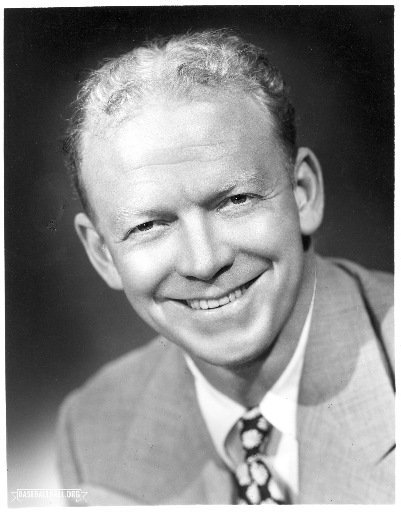
I don’t mean to sound like an old grouch who thinks everything was better in years gone by. Actually, I am an old grouch, but let’s put that aside for the moment. All things considered it is objectively true that watching a televised baseball game was better in the early days of television than it is today.
Back in the 1950s, there was one announcer in the broadcast booth, not two and sometimes three persons each trying to think of something to say in order to justify their presence, resulting in comments that are irrelevant at best and inane at worst. There was not the overuse of the instant replay. Indeed, there was no instant replay at all. Does it really enhance the viewing experience to see by how much the last pitch missed the strike zone, advancing the count to 2-2, I ask rhetorically? In days gone by, there were not the incessant windows of mostly irrelevant statistics (percentage of sliders thrown by the pitcher, slugging average against curve balls) displayed for only a second or two, a time too short to digest whatever relevance the numbers may have. Announcers did not have a staff of stat geeks to provide a massive amount of information, little of which contributes to the enjoyment of the game. In the 1950s the announcers did more with less – fewer statistics, fewer camera angles, fewer graphics. And they excelled. That brings me to my all-time favorite announcer, Hall of Fame inductee, Red Barber.
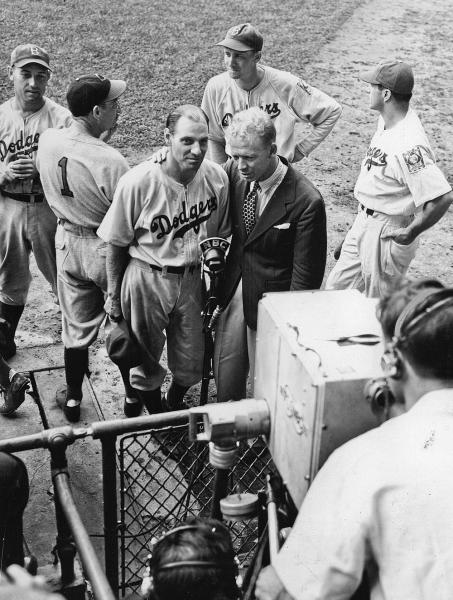
As far as I can figure, Walter Lanier Barber must have been born with red hair. I confess that I am too young to have ever seen him with red hair, but he was known as The Ol’ Redhead, so I guess he must have had red hair at some point in his life, probably early on. Aging being what it is, his hair must have become less red over time. Therefore, it is logical for me to conclude that Barber was a redhead first, later becoming old. Additionally, as far as I can tell, Barber was never old and a redhead at the same time, thereby making his moniker a misnomer. As a youth, I was confused. But I digress.
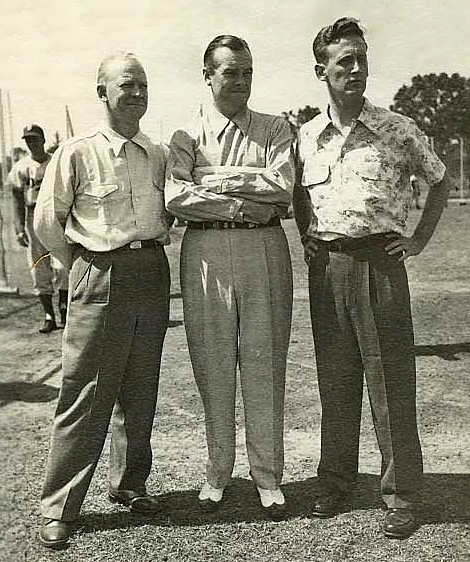
Barber was smooth, southern smooth. He was raised in Mississippi and later in Florida. Many of his signature catch phrases betrayed his southern upbringing: “They’re tearin’ up the pea patch,” “sittin’ in the catbird seat,” “walkin’ in the tall cotton.” Can you imagine today’s announcers referring to a ball made wet by precipitation as “slicker than boiled okra”? No. Red’s vocabulary was unique.
After a few years broadcasting sporting events at the University of Florida, in 1934 at the age of 26, Barber was hired by Larry McPhail to do radio broadcasts for the Cincinnati Reds. When he broadcast the Reds opener that season, it was the first major league game he attended. On May 25, 1935, he broadcast from Crosley Field in Cincinnati, major league baseball’s first night game.
McPhail moved over to the Dodgers in 1938. The following season, McPhail convinced the Dodgers to end their ban on radio broadcasts of home games and brought Barber to Brooklyn in time for Barber to call the first radio broadcast game from Ebbets Field the following season. Barber also broadcast the first televised baseball game anywhere the following year on August 26, 1939, also at Ebbets Field. The competition for both contests was Barber’s and McPhail’s former employer, the Cincinnati Reds. It was another eleven seasons before Brooklyn began regularly scheduled telecasts of its games. When it did, Barber would alternate the television play-by-play with Connie Desmond and another redhead, Vin Scully.
In 1947, when told that the Dodgers would integrate with the arrival of Jackie Robinson, Barber initially advised Branch Rickey that he would quit rather than broadcast games involving a Black player. He was worried about his southern neighbors back home. Barber later reconsidered and became an advocate for Robinson and the other Black players recruited by Brooklyn.
In 1954, Barber moved across town to the Yankees, where he teamed with Mel Allen and later Phil Rizzuto. He would stay in New York until 1966.
Barber was what an announcer should be. Unlike many broadcasters today and even in his time, i.e., Allen and Rizzuto, he broadcast the game dispassionately. He let the emotions rest where they should be: on the fans. Also, unlike many of his colleagues, he was not a “homer.” He broadcast the good and the bad. It’s been written that his comment on the dearth of attendance at Yankee Stadium in a 1966 game with the Yankees mired in last place led to his firing. His teams were mostly good, however, winning pennants in Brooklyn in 1941, 1947, 1949, 1952, and 1953, and with the Yankees, 1955-1958 and 1960-1964. That 1966 season was his last as a broadcaster. Although only 58, he never called another game. In his retirement, he wrote some books, got a bunch of awards, and was inducted into the Hall of Fame in 1973.
Barber had a rhythm. When a batter approached the batter’s box for his initial at bat, the Ol’ Redhead would announce the player’s season stats for home runs, RBIs, and batting average. In subsequent at-bats, Barber would remind viewers of what the batter did in previous plate appearances. Nothing more was said because nothing more needed to be said until the pitch was thrown. Unlike today, viewers were not told the angle or velocity of the player’s last hit or where the player went to graduate school. Those were the happy days.
What I appreciated most from Barber – and what is absent from present-day broadcasters – is instruction directed at the nation’s youth. When a player made a fundamentally sound play (keeping the ball in front of the fielder, making the catch with two hands, hitting the cutoff man), Barber would tell the youthful viewers that that was the proper way in which the play was to be made. Thus, youngsters learned baseball from Barber, a trait lost on contemporary broadcasters.
I miss the Ol’ Redhead even though I never saw him with red hair.
Vince Jankoski
Photo Credits: All from Google search
We’d love to hear what you think about this or any other related baseball history topic…please leave comments below.
Subscribe to Baseball History Comes Alive. FREE BONUS for subscribing: Gary’s Handy Dandy World Series Reference Guide. https://wp.me/P7a04E-2he
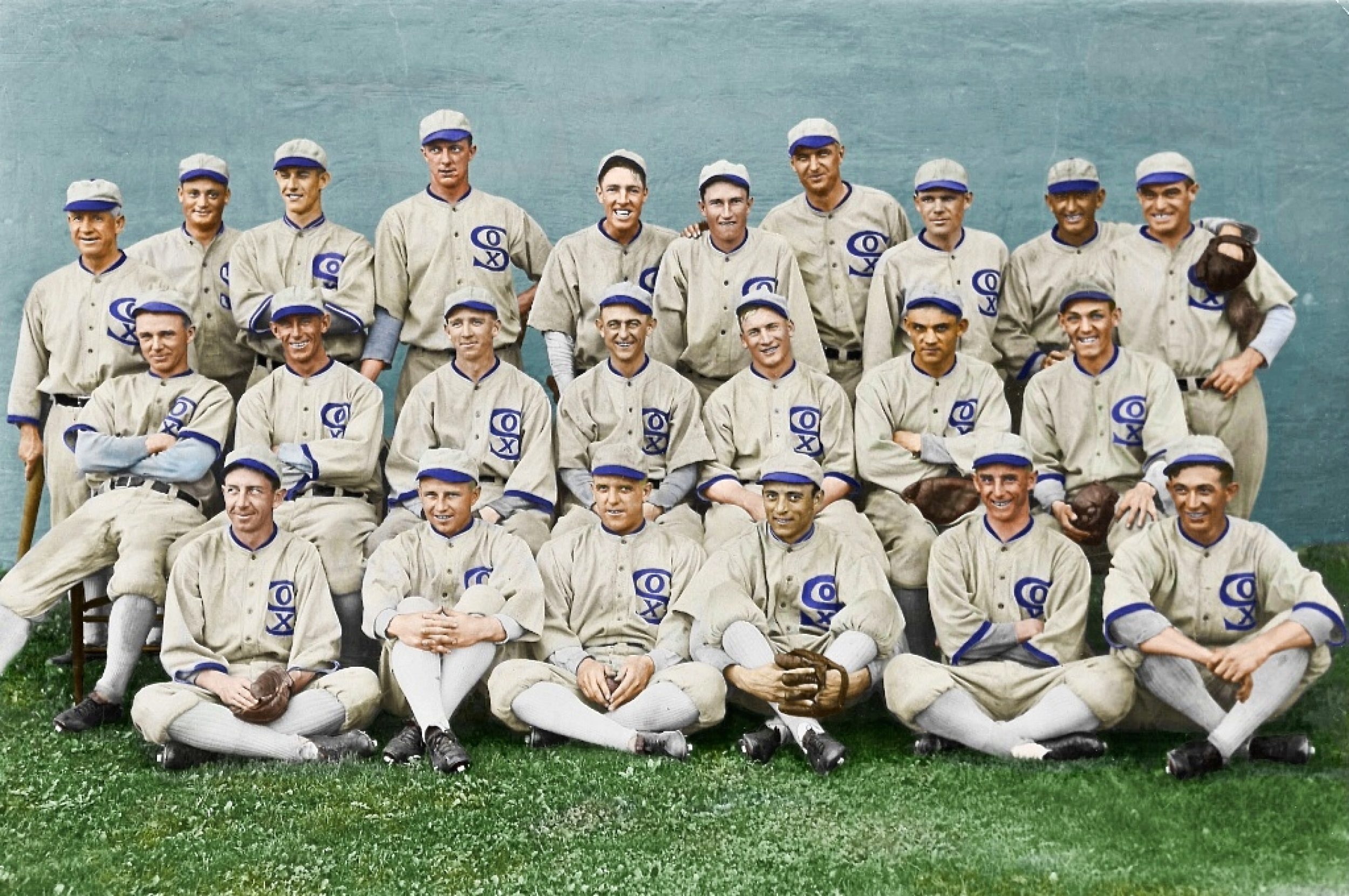
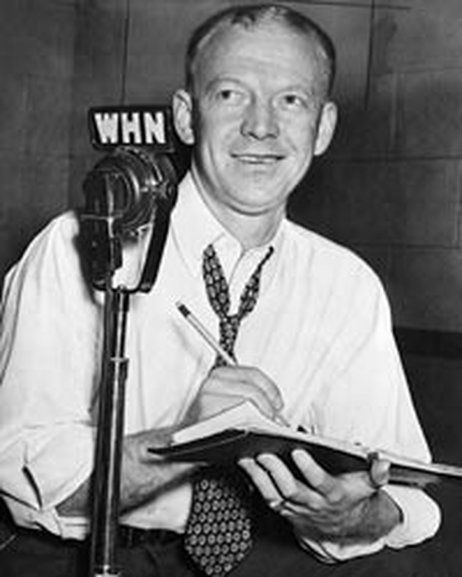
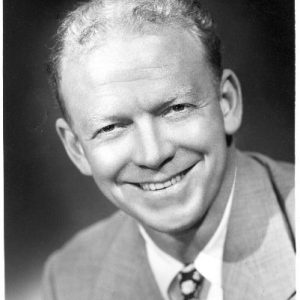
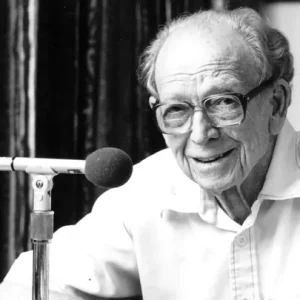
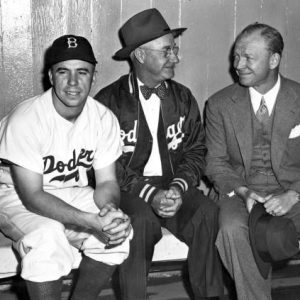
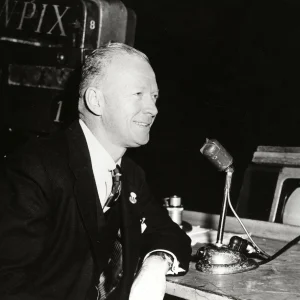
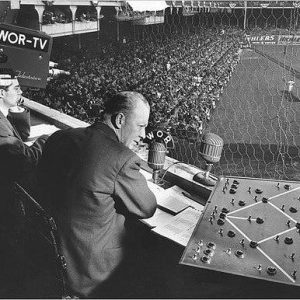
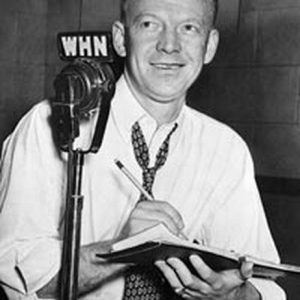
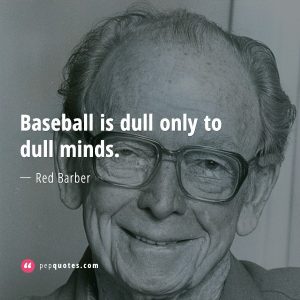
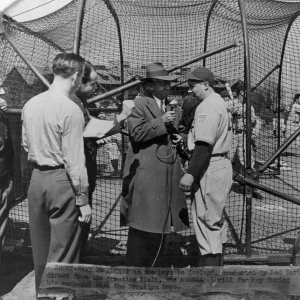

Really good article. I enjoyed it very much. I don’t recall Barber’s broadcasts – he was slightly before my time – but I’m sure I would have enjoyed them had I been able to listen to them. Just recently I finished reading his book “1947 – The Year All Hell Broke Loose In Baseball,” which was excellent.
As a side note, when Waite Hoyt retired from baseball he went into broadcasting, and in 1940 did the post-game reports on WOR that follows Barber’s broadcasts of Dodger games. And a year or two later, Hoyt moved on to become the play by play voice of the Cincinnati Reds, just a few years after Barber left Cincinnati to come to Brooklyn.
Well said! I am an old grouch also and I miss annoubcers like Red Barber. I was saddened when theYanks let Barber go as I was when they dumped Mel Allen. I had a love/hate relationship with the Pirates Bob Prince, he was such a “homer” but I enjoted his use of Pirate nicknames and his use of such phrases like “a can or corn”, or “we need a bloop and a blast”. Another great broadcaster was Ernie Harwell of the Tigers. Nowadays I turn off the sound on the TV and just watch the game. But radio broadcasts kill me, I can’t turn off the sound and I have to listen to where the announcers ate last night and where they are going to eat and play golf on their next roadtrip. The during inning commercials also drive me crazy.